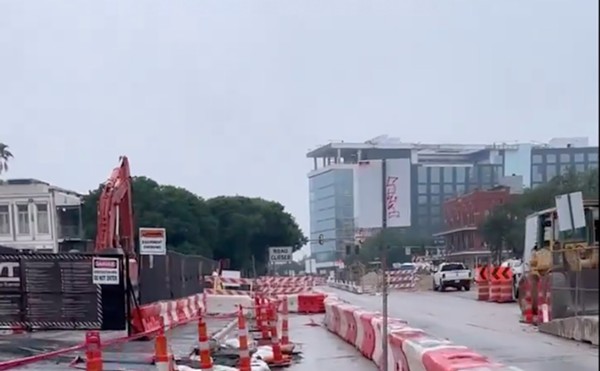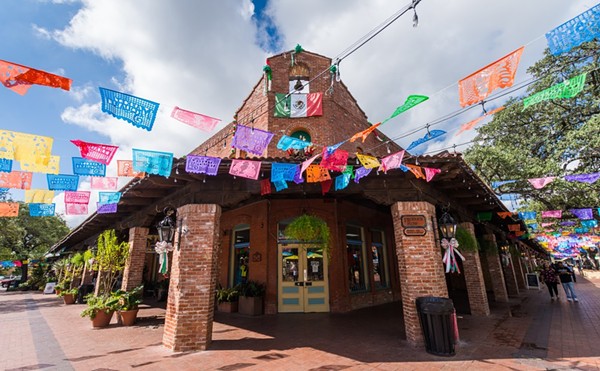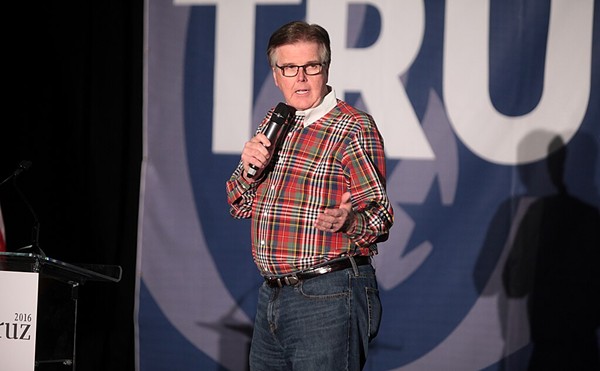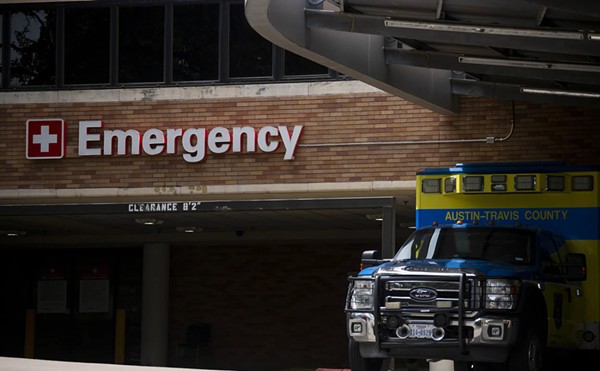A full-page ad in the May 28 edition of The New Yorker, the national magazine that boasts more subscribers in California than New York, touts the Toyota Tundra as a product of San Antonio, Texas. A photograph of the Alamo sits just above the statement: “When you think Texas, chances are you think big. Which is why we’ve made San Antonio the home of the new full-sized Tundra, our biggest pickup truck yet.”
When I think Toyota in Texas, chances are I think about the $133 million in state and local incentives provided to woo the company away from competing sites in Alabama, Arkansas, Mississippi, and Tennessee. And the $15-million railroad spur built solely to accommodate the company’s Southside plant. And the city’s relatively low-wage scale. And our lack of unions. And our weak environmental and labor regulations.
But Toyota was also especially attracted to the territory where the movie Giant was made. A reader in Queens or Simi Valley might well associate Texas, the second-largest state in the Union, whose cities rank high on the roster of obesity, with bigness. Yet bidness is the principal reason that a Japanese corporation eager to offset its image as quaint maker of puny foreign cars set up shop in the land of big ranches, big fortunes, big hair, big bellies, and big cars. It is using the myth of Texas to sell humongous merchandise.
Despite climate change, accelerated by the burning of fossil fuel, Texas is still noticeably lacking in tundra — treeless arctic plain. However, every year 150,000 units of the oddly named Tundra roll off the assembly line in San Antonio, choking the roads and poisoning the air. At the prodigal rate of 16 mpg in the city, 19 mpg on the highway, the Tundra pickup is a glutton for gas. By contrast, the Toyota Prius hybrid averages 55 mpg. With the Prius, Toyota pioneered environmentally responsible transportation that puts to shame Detroit’s carbon-belching dinosaurs. However, Toyota makes its compact car in Toyota City, Japan, not Big City, Texas. Toyota does manufacture the Camry, a hybrid that averages 38 mpg city and 40 mpg highway, in the United States, but the plant is in Lexington, Kentucky, not San Antonio. Toyota chose Texas for its most destructive — and profitable — product, and it crows about the connection in the pages of The New Yorker.
In addition to the Alamo, the ad contains another iconic Texas image — “The Giant Justins,” the 40-foot-tall cowboy boots that have stood outside North Star Mall since 1980. However, the sculpture, by Bob Daddy-O Wade, has been lifted from its urban setting and placed in a prairie that could form the background to a John Ford Western (filmed in Utah). Aside from clouds and cacti, the only other thing in the picture is a pristine Toyota Tundra. Its sole occupant wears a cowboy hat.
The boots are a familiar sight to San Antonians because they are located beside Loop 410 North, one of the city’s most congested thoroughfares. To be trapped in a Tundra — or anything else — near North Star during what is called rush hour but is really crawl time, when highways become parking lots, is not pleasant. However, like other auto corporations, Toyota sells its vehicles through bogus images of “the open road.” Almost never does a commercial show more than a single car on the highway. In the Texas Neverland of the Tundra ad, traffic does not exist.
Since few ranchers read The New Yorker, Toyota counts on the fantasy of rugged Texas men to persuade feckless city folk to buy a truck. Few will use the Tundra for off-road driving. Instead, more oversized vehicles with a solo occupant will make highways such as Loop 410 even more clogged. When Toyota came to Texas, George W. Bush was president of the United States. Bush, who, buying into the mystique of frontier swagger, bought a ranch in Crawford, was insisting that the international consensus on global warming was “not based on science.” Tundras do not choke the streets of Tokyo, but the attitude of the cowboy in the White House must have enticed Toyota’s shrewd executives to big profits in the big American state.


















